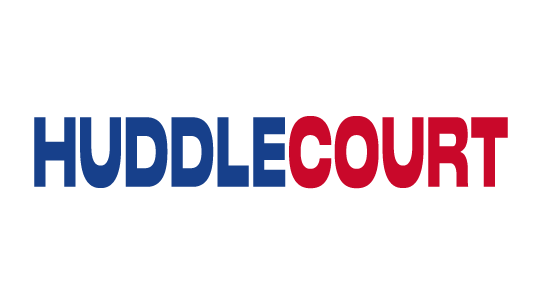Huddle In For The Rule Differences Between FIBA and NBA Basketball
Welcome to the exhilarating world of basketball, where two distinct rule systems, FIBA and NBA, intersect and diverge. While the slam dunks, three-pointers, and fast breaks remain universal, the rules governing the game vary significantly between the international stage and the iconic NBA courts.
The Significance of Rule Variations
Rules are the heartbeat of any sport, and basketball is no exception. They form the canvas upon which players paint their strategies, and they orchestrate the ebb and flow of each match. The distinctiveness of FIBA and NBA rules isn’t merely a matter of semantics—it’s the foundation on which the games stand.
Scoring and Playing Style: The Three-Point Line’s Tale
Scoring is the essence of basketball, and the three-point line is the revolutionary stroke that has reshaped the canvas of play. In the NBA, where the arc stands at 23 feet and 9 inches from the basket, shooters find ample room to dazzle with long-range shots. However, step into the realm of FIBA, and you’ll encounter a slightly shorter three-point line at 20 feet and 6 inches. This seemingly modest difference transforms the calculus of spacing and shot selection, weaving a unique dynamic into each league’s tapestry.
Please note that Huddlecourt and its content providers may receive compensation for some links to products and services featured on this website. Rest assured that we have handpicked these products to provide you with the best options available.
Game Duration and Structure: A Race Against the Clock
The pulse of a basketball game is kept in check by the ticking of the clock. In the NBA, teams battle it out over four quarters, each lasting 12 minutes—a total of 48 minutes of gameplay. On the other hand, the FIBA format splits the game into four 10-minute quarters, adding up to 40 minutes of intense action.
But that’s not all—the foul-out rule further distinguishes the two leagues. In FIBA, a player is forced to exit the game after committing five fouls. In the NBA, players have a bit more leeway, being disqualified after accumulating six fouls. This rule alone influences player aggression, defense strategies, and substitutions, shaping the tempo of the game.
Rule Comparison: FIBA vs NBA vs NCAA
| Rule | FIBA | NBA | NCAA |
|---|---|---|---|
| Playing time | 4×10 minutes 5 minutes over-time (OT) |
4×12 minutes 5 minutes over-time |
2×20 minutes 5 minutes over-time |
| Shot clock | 24 seconds After offensive rebound: 14 seconds |
24 seconds | Men: 35 seconds Women: 30 seconds |
| 3-point line | 6.75m (6.60 on baseline) | 7.24m (6.70m on baseline) | Men: 6.25m Women: 6.325m |
| Time-outs | 2 in first half 3 in second half (but only 2 in last two minutes of the 4th period) 1 per OT period |
6 regular 2 per OT period + 1 short time-out (20 seconds) per half |
4 regular 30 seconds + long 60 seconds Maximum 3 regular and 1 long in second half |
| Technical foul (penalty) | 1 free throw and possession of the ball at centre | 1 free throw per technical foul; play resumes at the point of interruption; foul is charged to individual in question (and automatic fine assessed) | 2 free throws, play resumes at point of interruption |
| Goaltending/basket interference | No blocking a ball in downward flight towards the rim. Once the ball strikes the rim, any player can play the ball (i.e. swat it away or tap it in) |
No blocking a ball in downward flight towards the rim. An imaginary cylinder exists that has the basket as its base. Touching the ball while any part of it is in this cylinder (and still has a chance to go in) is a violation |
No blocking a ball in downward flight towards the rim. An imaginary cylinder exists that has the basket as its base. Touching the ball while any part of it is in this cylinder (and still has a chance to go in) is a violation. |
| Zone defense | Legal | Legal but… defensive player may not stay in the lane (a.k.a. key, restricted area) for longer than three seconds if he is not actively guarding an opponent |
Legal |
| Player numbers | 00, 0, 1-99 | Any one or two digit number | 00 (or 0), 1-5, 10-15, 20-25, 30-35, 40-45, 50-55 |


